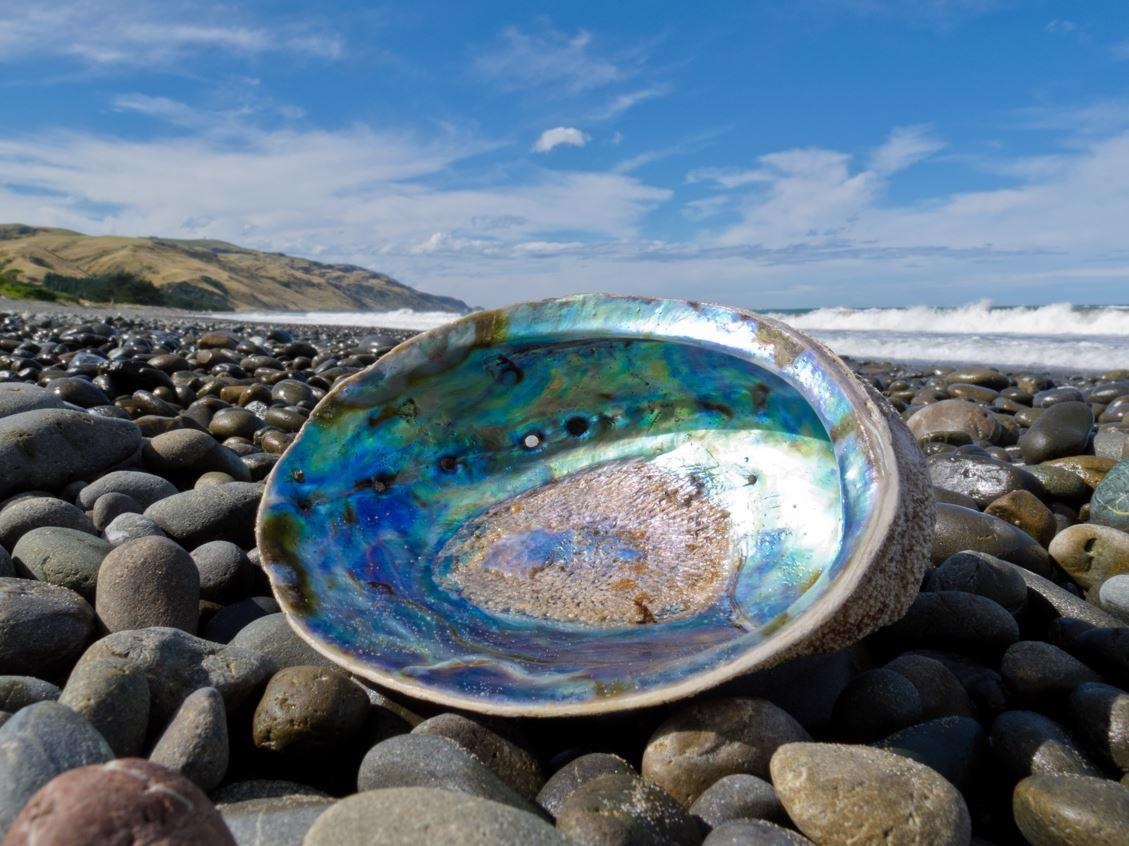Researchers at McGill University have designed a stronger and tougher glass, drawing ideas from the inner layer of mollusk shells. Upon impact, the new material expresses resilience like plastic rather than shattering. This can be used to enhance cell phone screens in the future, besides other applications.
 Shiny nacre of Abalone washed ashore. Image Credit: Pi-Lens.
Shiny nacre of Abalone washed ashore. Image Credit: Pi-Lens.
Glass reinforcement techniques such as tempering and laminating can be supportive but are costly to apply and do not work if the surface is damaged.
Until now there were trade-offs between high strength, toughness, and transparency. Our new material is not only three times stronger than the normal glass, but also more than five times more fracture resistant.
Allen Ehrlicher, Associate Professor, Department of Bioengineering, McGill University
Nature as Master of Design
The researchers developed a new glass and acrylic composite material that mimics the nacre or mother of pearl.
Nature is a master of design. Studying the structure of biological materials and understanding how they work offers inspiration, and sometimes blueprints, for new materials.”
Allen Ehrlicher, Associate Professor, Department of Bioengineering, McGill University
“Amazingly, nacre has the rigidity of a stiff material and durability of a soft material, giving it the best of both worlds. It’s made of stiff pieces of chalk-like matter that are layered with soft proteins that are highly elastic. This structure produces exceptional strength, making it 3000 times tougher than the materials that compose it,” added Ehrlicher.
The researchers worked on the architecture of the nacre and mimicked it with layers of glass flakes and acrylic. This resulted in significantly strong and opaque material. This material can be easily produced with minimal expense. The researchers continued to turn the composite material optically transparent.
By tuning the refractive index of the acrylic, we made it seamlessly blend with the glass to make a truly transparent composite.
Ali Amini, Study Lead Author and Postdoctoral Researcher, McGill University
Furthermore, the researchers plan to enhance the properties of the material, such as mechanics, color and conductivity, by incorporating smart technology.
Lost Invention of Flexible Glass
Flexible glass is regarded as a lost invention, considering the time of the Roman Emperor Tiberius Caesar. Familiar historical events noted by Roman authors Gaius Plinius Secundus and Petronius denote that the inventor presented a drinking bowl made of the material before the Emperor. When the bowl was dropped for testing, it only dented and did not shatter.
Once the inventor admitted that he was the only person to know the production technique of the material, Tiberius executed him, fearing that the new material would devalue gold and silver.
Ehrlicher concluded, “When I think about the story of Tiberius, I’m glad that our material innovation leads to publication rather than execution.”
Journal Reference:
Amini, A., et al. (2021) Centrifugation and index matching yield a strong and transparent bioinspired nacreous composite. Science. doi.org/10.1126/science.abf0277.